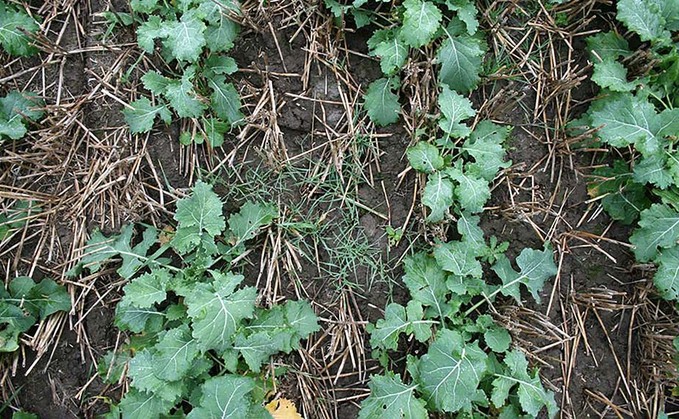
As the late November ‘sweet spot’ for applications of propyzamide approaches, growers are being warned that the herbicide could be lost if rising levels of leaching into water are not curbed. Speaking...

As the late November ‘sweet spot’ for applications of propyzamide approaches, growers are being warned that the herbicide could be lost if rising levels of leaching into water are not curbed. Speaking...